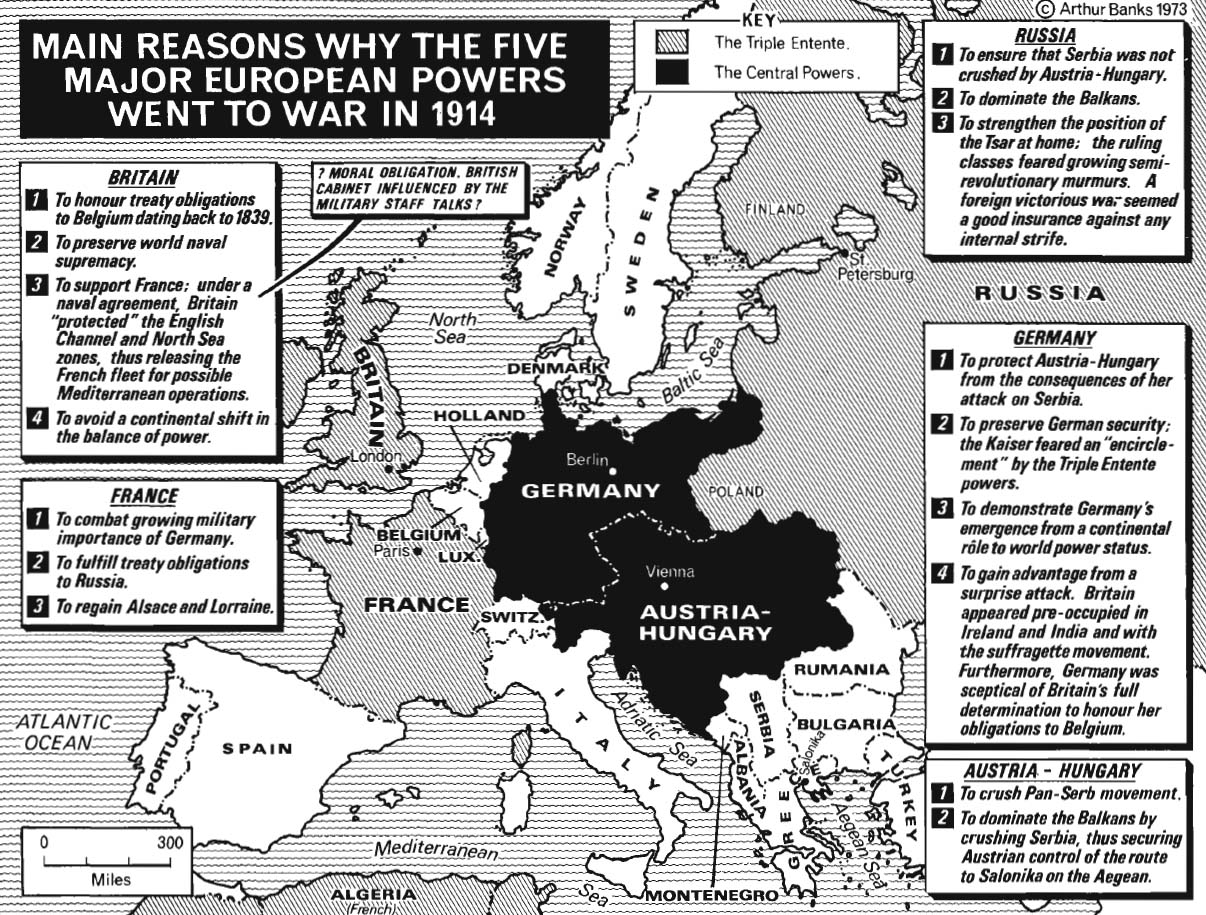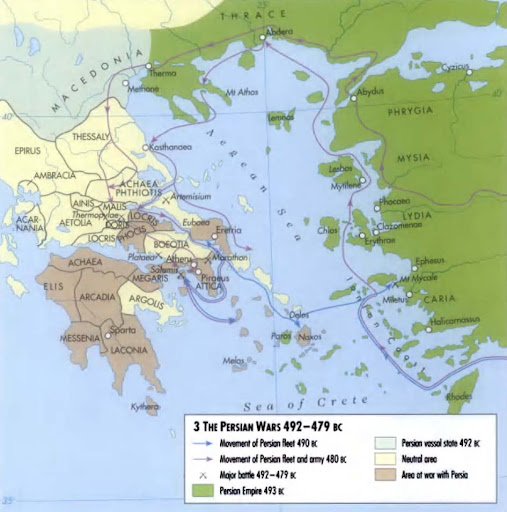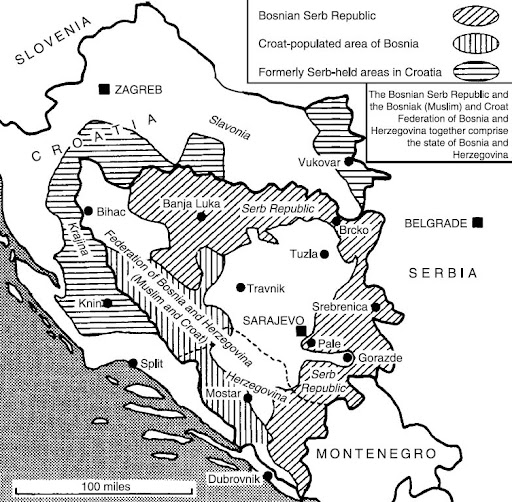In the east the expansion of Persia's Achaemenid Empire led to confrontations with the Greek cities of Asia Minor. With the support of Athens and Eretria these cities rebelled against the Persian king Darius I in 499 BC, and the rebellions were not finally suppressed until 493 BC. Darius then demanded the submission of all the mainland Greek cities, but Athens and Sparta refused. In 492 BC Darius sent out a punitive mission, which backfire after most of the Persian fleet was lost in storms around Mount Athos. When Eretria was sacked in 490 BC Greece was divided on how to respond, but the Athenians and a small Plataean force took the initiative and defeated the Persians at Marathon that year. Infuriated, Darius's successor Xerxes prepared an even larger invasion, to which many of the Greek city-states responded by mounting their first united force, led by Sparta.
The Athenian leader Themistocles interpreted the oracular pronouncement that they should rely on Athens's wooden walls to mean strengthening their navy, and he enlarged the fleet to 180 ships. The first confrontation took place in 480 BC at thermopylae, where the Spartan King Leonidas held out bravely but was defeated. After inflicting considerable losses on the Persian navy at Artemisium in 480 BC, the Athenians withdrew to the Bay of Salamis. They knew they could not defeat the Persians on land and so left their city to the enemy, who burned Athens to the ground. The huge Persian fleet followed the Athenian navy to Salamis but was unable to manoeuvre within the narrow straits there and was obliterated in 480 BC. The following year, at Plataea, the Persian land army suffered a similar fate at the hands of the Spartans, and the Greeks dealt the Persians the final blow in 479 BC at Mount Mycale, where the Persian troops had taken refuge. The small and independent Greek city-states had managed to defeat the greatest empire at that time.
Jose
Jose
The wars that began in 1991, when Yugoslavia broke up and five new sovereign states emerged, were Europe’s most violent conflicts since 1945. In 2006, although foreign intervention and mediation had stopped the fighting, the presence of international peacekeeping forces was still found necessary to prevent further large-scale bloodshed.
After the 1939–45 war, in which Yugoslavia and Albania came under German and Italian control, communists took power there. They were not occupied by Soviet forces, but at first they followed the Soviet line. (Yugoslavia was then quarrelling with the western allies over Trieste, a mainly Italian-peopled city; British and American forces stayed there until 1954, when Yugoslavia agreed to let Italy keep Trieste.)
In 1948, Yugoslavia broke with the USSR. This rift disrupted the Albanian–Yugoslav–Bulgarian backing of communist rebels in northern Greece, the last of whom withdrew into Bulgaria in 1949. With western help, Yugoslavia withstood Soviet pressure for several years. It cultivated links with ‘third-world’ countries, and in 1961 the ‘non-aligned’ movement was founded at a conference in Belgrade (6). Albania sided with the USSR against Yugoslavia in 1948, then with China against the USSR in 1961. In 1978 it broke with China, and for 12 years it was the most isolated of communist states, still ruled by ‘Stalinists’ – who, however, failed to end old internal antagonisms: between Albania’s Gheg northern highlanders and Tosk southerners, between its Muslim majority and Christian minority. And the presence of a Greek minority in southern Albania complicated its relations with Greece. Meanwhile Yugoslavia’s 2.5 million Albanians posed problems. Serbia, one of Yugoslavia’s six republics, contained an ‘autonomous region’, Kosovo, whose people were mainly Albanian.

In 1989, after recurrent violence, Serbia’s communist rulers abolished Kosovo’s autonomy. Discontent and a wish to break away increased among its Albanians. Then the ‘wind of change’ that was blowing through eastern Europe reached Yugoslavia. In 1990 its Slovenian and Croatian republics held their first free elections and ousted their communist bosses. Their demands for a loosening of the federation were rejected; Serbia, the largest of Yugoslavia’s republics, was still run by communists, and Serbs, although only 35% of Yugoslavia’s population, dominated its armed forces. In 1991, Slovenia and Croatia declared their independence.
The Serb-led Yugoslav army withdrew from Slovenia after making only a brief attempt to subdue it. Independent Slovenia was then left in peace. In Croatia, however, the Yugoslav army helped the Serbs, who made up 12% of the population, to take over areas forming a third of its territory (expelling all Croats from those areas). A ‘republic of Serbian Krajina’ was proclaimed, with its capital at Knin. In 1992 the United Nations secured a saved about 3 million people from starvation, but mediation by the European Union and the UN failed to restore a united Bosnia. By 1994, however, UN economic sanctions imposed on Serbia had led it to reduce its support for the Bosnian Serb forces; and the Bosnian Croats and Muslims had been induced to stop fighting each other. In 1995 the Bosnian Serbs’ massacre of 8,000 Muslims at Srebrenica outraged world opinion, and their persistent attacks on Sarajevo brought retaliation by NATO aircraft which made them pull back. The Muslims and Croats then made gains at their expense in western Bosnia. Meanwhile Croatia had recaptured all the Serb-held parts of its territory except Eastern Slavonia, where another UN force was installed.
In 1995 negotiations at Dayton in the United States produced a peace pact for Bosnia. In principle it would be one country; in practice it would comprise two ‘entities’. The Serbs, who then held 48% of its territory, were assigned 49%, the rest going to the Muslim–Croat ‘federation’. Peacekeeping forces were organized under NATO direction. Elections in 1996 produced a new Bosnian presidency and parliament; but the three communities still controlled their separate areas and the UN remained in ultimate control, charged with oversight of the procedures agreed at Dayton. Brutal ‘ethnic cleansing’ – not all by Serbs – and postwar migration caused almost complete segregation between the two ‘entities’.
In 1991, Macedonia followed Slovenia and Croatia in declaring its independence. A small UN force was sent to Macedonia to discourage ‘Yugoslav’ (i.e. Serb) moves against it, and by 1996 these neighbours had established normal relations. Greece, however, accused the new state of aiming to annex the Greek region of Macedonia, and demanded that it should change its name and its flag (which showed an ancient Macedonian symbol). Landlocked Macedonia, whose main outlet is Greece’s port of Salonika, was hard hit by a Greek ban on trade, which American mediation ended in 1995. Macedonia agreed to change its flag, but the dispute about the name was unresolved. The new state had been admitted to the UN in 1993 under the name of ‘Former Yugoslav Republic of Macedonia’ (FYROM). It faced yet another problem, in the shape of a large Albanian minority, concentrated in areas near the Albanian frontier, where demands for autonomy led to rebellion in 2001. NATO intervention ended the conflict after a few months, and a peace agreement included some devolution of power to local governments and official status for the Albanian language. In 2005 the EU accepted Macedonia (officially FYROM) as a candidate for
membership.
The remainder of Yugoslavia continued to use that name until 2003, when it was renamed Serbia and Montenegro. Montenegro voted for independence in a 2006 referendum. The southern region of Kosovo had less success in breaking away from Serbia. Though 90% Albanian in population today, Kosovo was the centre of the Serbian state in medieval times. It was part of Serbia during the communist period, gaining autonomy in 1974. After this was withdrawn by Serbia in 1989 (see above), the Albanians sought renewed autonomy or independence, first by peaceful means. Civil war in the late 1990s led to NATO air strikes in 1999 that forced the Serbian military out of Kosovo. Since then, Kosovo has been controlled by the UN while remaining formally part of Serbia. The success of future negotiation on independence or greater autonomy is linked to Serbia’s desire for EU membership – not possible with an ongoing territorial dispute.
Fuente: Atlas of World Affairs
Jose
After the 1939–45 war, in which Yugoslavia and Albania came under German and Italian control, communists took power there. They were not occupied by Soviet forces, but at first they followed the Soviet line. (Yugoslavia was then quarrelling with the western allies over Trieste, a mainly Italian-peopled city; British and American forces stayed there until 1954, when Yugoslavia agreed to let Italy keep Trieste.)
In 1948, Yugoslavia broke with the USSR. This rift disrupted the Albanian–Yugoslav–Bulgarian backing of communist rebels in northern Greece, the last of whom withdrew into Bulgaria in 1949. With western help, Yugoslavia withstood Soviet pressure for several years. It cultivated links with ‘third-world’ countries, and in 1961 the ‘non-aligned’ movement was founded at a conference in Belgrade (6). Albania sided with the USSR against Yugoslavia in 1948, then with China against the USSR in 1961. In 1978 it broke with China, and for 12 years it was the most isolated of communist states, still ruled by ‘Stalinists’ – who, however, failed to end old internal antagonisms: between Albania’s Gheg northern highlanders and Tosk southerners, between its Muslim majority and Christian minority. And the presence of a Greek minority in southern Albania complicated its relations with Greece. Meanwhile Yugoslavia’s 2.5 million Albanians posed problems. Serbia, one of Yugoslavia’s six republics, contained an ‘autonomous region’, Kosovo, whose people were mainly Albanian.

In 1989, after recurrent violence, Serbia’s communist rulers abolished Kosovo’s autonomy. Discontent and a wish to break away increased among its Albanians. Then the ‘wind of change’ that was blowing through eastern Europe reached Yugoslavia. In 1990 its Slovenian and Croatian republics held their first free elections and ousted their communist bosses. Their demands for a loosening of the federation were rejected; Serbia, the largest of Yugoslavia’s republics, was still run by communists, and Serbs, although only 35% of Yugoslavia’s population, dominated its armed forces. In 1991, Slovenia and Croatia declared their independence.
The Serb-led Yugoslav army withdrew from Slovenia after making only a brief attempt to subdue it. Independent Slovenia was then left in peace. In Croatia, however, the Yugoslav army helped the Serbs, who made up 12% of the population, to take over areas forming a third of its territory (expelling all Croats from those areas). A ‘republic of Serbian Krajina’ was proclaimed, with its capital at Knin. In 1992 the United Nations secured a saved about 3 million people from starvation, but mediation by the European Union and the UN failed to restore a united Bosnia. By 1994, however, UN economic sanctions imposed on Serbia had led it to reduce its support for the Bosnian Serb forces; and the Bosnian Croats and Muslims had been induced to stop fighting each other. In 1995 the Bosnian Serbs’ massacre of 8,000 Muslims at Srebrenica outraged world opinion, and their persistent attacks on Sarajevo brought retaliation by NATO aircraft which made them pull back. The Muslims and Croats then made gains at their expense in western Bosnia. Meanwhile Croatia had recaptured all the Serb-held parts of its territory except Eastern Slavonia, where another UN force was installed.
In 1995 negotiations at Dayton in the United States produced a peace pact for Bosnia. In principle it would be one country; in practice it would comprise two ‘entities’. The Serbs, who then held 48% of its territory, were assigned 49%, the rest going to the Muslim–Croat ‘federation’. Peacekeeping forces were organized under NATO direction. Elections in 1996 produced a new Bosnian presidency and parliament; but the three communities still controlled their separate areas and the UN remained in ultimate control, charged with oversight of the procedures agreed at Dayton. Brutal ‘ethnic cleansing’ – not all by Serbs – and postwar migration caused almost complete segregation between the two ‘entities’.
In 1991, Macedonia followed Slovenia and Croatia in declaring its independence. A small UN force was sent to Macedonia to discourage ‘Yugoslav’ (i.e. Serb) moves against it, and by 1996 these neighbours had established normal relations. Greece, however, accused the new state of aiming to annex the Greek region of Macedonia, and demanded that it should change its name and its flag (which showed an ancient Macedonian symbol). Landlocked Macedonia, whose main outlet is Greece’s port of Salonika, was hard hit by a Greek ban on trade, which American mediation ended in 1995. Macedonia agreed to change its flag, but the dispute about the name was unresolved. The new state had been admitted to the UN in 1993 under the name of ‘Former Yugoslav Republic of Macedonia’ (FYROM). It faced yet another problem, in the shape of a large Albanian minority, concentrated in areas near the Albanian frontier, where demands for autonomy led to rebellion in 2001. NATO intervention ended the conflict after a few months, and a peace agreement included some devolution of power to local governments and official status for the Albanian language. In 2005 the EU accepted Macedonia (officially FYROM) as a candidate for
membership.
The remainder of Yugoslavia continued to use that name until 2003, when it was renamed Serbia and Montenegro. Montenegro voted for independence in a 2006 referendum. The southern region of Kosovo had less success in breaking away from Serbia. Though 90% Albanian in population today, Kosovo was the centre of the Serbian state in medieval times. It was part of Serbia during the communist period, gaining autonomy in 1974. After this was withdrawn by Serbia in 1989 (see above), the Albanians sought renewed autonomy or independence, first by peaceful means. Civil war in the late 1990s led to NATO air strikes in 1999 that forced the Serbian military out of Kosovo. Since then, Kosovo has been controlled by the UN while remaining formally part of Serbia. The success of future negotiation on independence or greater autonomy is linked to Serbia’s desire for EU membership – not possible with an ongoing territorial dispute.
Fuente: Atlas of World Affairs
Jose








